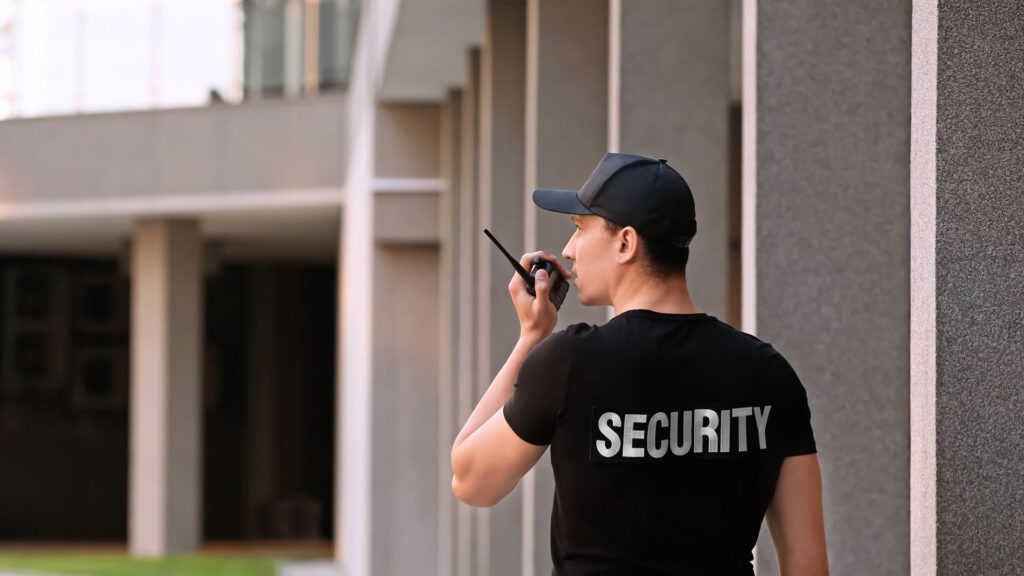Potential risks to guards

Potential Risks to Security Guards
Security guards face various risks, including personal assaults, thefts, robberies, and deliberate vandalism of property.
It is important to consider the potential threats, whether directed at the guard, the facility, or both, and to identify those who might have an interest in sabotaging the project.
It is crucial to analyze who these individuals might be and how their attempts can be thwarted.
Measures to counter these threats include:
- – Increasing vigilance and alertness
– Taking necessary precautions by intensifying surveillance
– Ensuring swift logistical support when danger is detected
– Maintaining the security of both wired and wireless communication tools
– Building strong relationships with the surrounding local community- Ensuring proper lighting for all parts of the facility
– Guarding from an elevated position with a view of the entire site
– Avoiding carrying any money or enticing equipment
– Creating the illusion of hidden forces (not disclosing the actual size of security personnel)- Identifying good hiding spots (or escape routes) in case of armed robbery
– Avoiding unnecessary risks and protecting property based on available capabilities
– Quickly reporting the situation to authorities or responsible parties to mitigate the danger
– Using alarming signals that scare off thieves or vandals -
Potential risks to guards
**Basic Training Programs for Security Guards:**
- Theoretical and practical training areas that should be covered for security guards include:
– Introduction to the duties and responsibilities of a security guard
– Instructions security guards should follow during work
– Security patrols and keen observation skills
– How to conduct security inspections by security personnel- Health aspects and safety measures that security guards must know
– How to deal with major incidents during security duties
– Reporting and documenting incidents and security problems
– Training security personnel on internal and external procedures of the facility
– Familiarizing guards with the security and safety procedures of both parties- Worker security, personal identification, and monitoring
– Handling visitors and interacting with them
– Monitoring the movement of transport vehicles for entry and exit
– Training on best security practices and how to manage daily procedures
– Combating theft, fire, vandalism, etc.
**Outcomes of Learning Security and Safety:**
- – Equipping participants with modern skills and techniques in the field of security and public safety
– Enabling participants to develop actionable security and safety plans for their institutions
– Familiarizing participants with modern methods of security and safety, as well as strategies for protecting buildings and facilities- Providing participants with tools and techniques to protect buildings and facilities from fires and other risks
– Enabling participants to create emergency plans for facilities, buildings, and their personnel
– Enhancing participants’ interpersonal skills in dealing with others
For more videos, you can browse all the articles.



